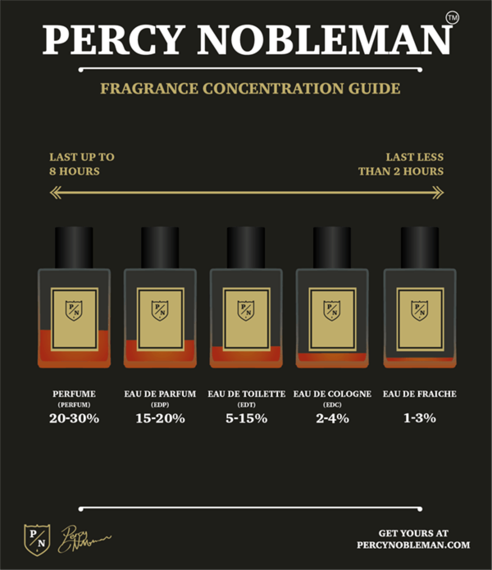
Recently, I bumped into an old friend in town. We greeted each other with a warm hug. Immediately my female acquaintance smiled and said, “you smell incredible…what is it?” I blushed and replied, “one of my recent inventions…”
There exists a hidden knowledge, known to only a small percentage of men across the globe - the attractiveness not only of wearing a good fragrance, but of finding a fragrance which represents and compliments you as an individual.
Smell is our most powerful sense. Yet, when stripped back to its purest form, smell simply lets our brains know - in a fraction of a second - whether something is desirable or undesirable to us.
A good smell can leave a lasting impression on colleagues, friends and partners, whilst a compliment on your fragrance can leave a lasting smile upon your face… it’s also an incredible confidence booster!
What is the difference between cologne, aftershave and fragrance?

It’s easy to get these three words confused as they are all, essentially, very similar products consisting of a blend of alcohol and fragrance oil. (NB: Alcohol is used rather than water as the base as it allows the scent to live longer and doesn’t immediately evaporate).
Perfume - 20-30% concentration (although like fragrance, can be used as a term for all scents)
Eau de Parfum (EDP) – 15-20%
Eau de Toilette (EDT) – 5-15% (Percy Nobleman Signature Fragrance is nearing an EDP concentration of 12%)
Eau de Cologne – 2-4% (often used as a “splash” rather than spray, post-shave!)
What dictates how long the scent will last? The concentration (%) level of the fragrance oil, in the alcohol blend.
The composition of a fragrance – fragrance notes

Fragrances have a three-part composition often referred to as a pyramid. These are the top, middle and base notes (illustrated above). They work together, at different intervals, to create a diverse experience that develops and changes over time.
Depending on your mood, body temperature, or sense of smell, one fragrance can smell different from person to person. Typically, the top contains citrus and aromatic notes, the mid: floral, spicy and green notes and the base: woody and musky notes.
On application, you will experience a burst of the top notes first and then, over time, the top (followed by the mid notes) will fade, leaving the base to endure over many hours.
This statement, taken from my Signature Fragrance, explains further:
“On first application, Percy's signature fragrance has a compelling burst of citrus notes which both invigorate and excite the senses. Once settled, the base and mid-notes come into play while the sweeter top notes take a step back!"
How to apply fragrance

A simple rule to follow: Don’t overdo it.
Start small and develop as you get to know your chosen fragrance. As explained, an EDP has a much higher concentration (of fragrance oil) than a Cologne, so they shouldn’t be applied the same way. In short: familiarise yourself with your fragrance first before dousing yourself with it!
This is the stage where you can get creative. Blending or “layering” of fine fragrances is a trend we should all be listening to. Having fragrances for different seasons and occasions is a brilliant way to express yourself and to enhance your mood.
Fragrance formulas – what makes the best fragrances?
As someone who has developed many scents and fragrances, I can put this down to a simple discussion point: Synthetic vs Natural. I am a romanticist; fragrances should tell a story, and the origin of this is the composition of the scent.
Mass-produced fragrances will often be dictated by two things: cost price and marketing budgets. The cost price is determined by the concentration level and the ingredients. The marketing budget is determined by distribution and celebrity endorsements hired to promote the fragrance.
Independent and niche perfumers will tell you that quality of ingredients goes a long way to make a more unique and luxurious scent. Using expensive raw materials such as vanilla extracts, watermelon and apple essential oils, and even tobacco leaves will give you a better, more sophisticated scent than their synthetic counterparts.
There are plenty of brands out there who follow this rule. A lot of enjoyment can be had in searching out a fragrance unique to you, rather than going for the status quo.
Now it’s time to go and indulge in a never-ending world of scents. Find a scent that you feel confident wearing, that represents and compliments you, and most importantly that your other half enjoys too!